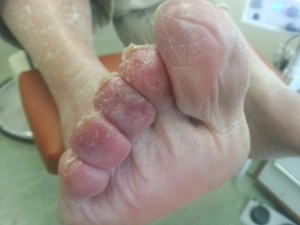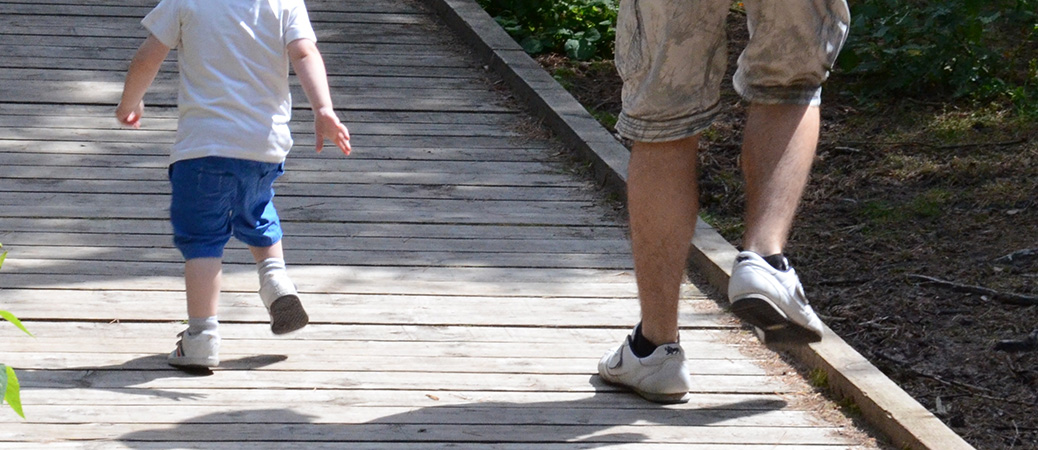Chilblains are more likely to occur when cold skin is heated up too quickly, for example directly in front of a heater or fire.
During cold weather, blood vessels near the surface of the skin get narrower, causing the blood to flow deeper in the skin. This is your body’s normal response to cold and is designed to preserve your core body temperature.
When skin is exposed to warmth again, the blood vessels near the surface of the skin expand and blood flow returns to normal.
If skin is heated up too quickly, the blood vessels near the surface of the extremities, such as the hands and feet, cannot always handle the increased blood flow. A “bottleneck” effect can cause blood to leak into surrounding tissue.
This leads to the swelling and irritation that is characteristic of chilblains.
People at risk
Some people are more at risk of chilblains than others. This includes people with:
- poor circulation
- a family history of chilblains
- regular exposure to damp or draughty conditions
- a poor diet or low body weight
- lupus – a long-term condition that causes swelling in the body’s tissues
- Raynaud’s phenomenon – a condition where the small blood vessels of the fingers constrict excessively
People who smoke are more at risk of chilblains as nicotine constricts blood vessels. Read information on quitting smoking.
Chilblains can also occur on areas of the feet that are exposed to pressure, such as a bunion or a toe that is squeezed by tight shoes.
In today’s world of centrally heated houses, the most likely situation where cold feet are warmed too quickly, is by getting in a hot bath, or shower, with cold feet.
Cooler water, or trying to warm the feet up first before entering the water, by rubbing them with a warm towel, may help.
Our contact numbers can be found here.
We also have a range of other therapies on offer at our Healthpoint premises in Ainsdale, Formby and Maghull.
To visit the Healthpoint website click here.
